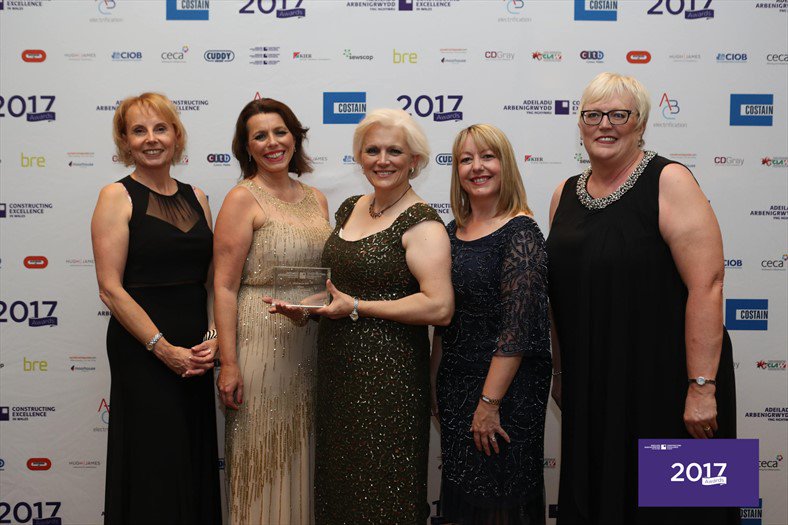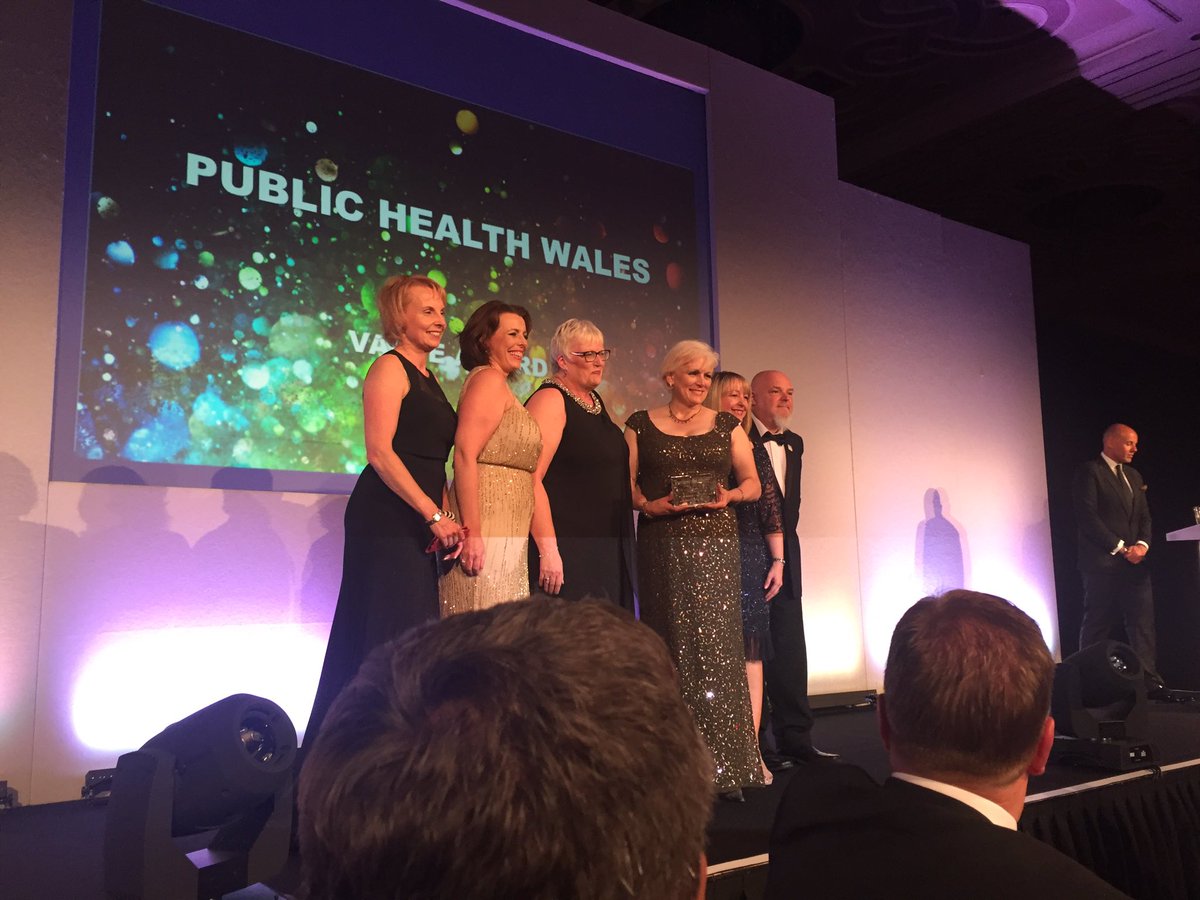Sally Attwood and Amanda Davies from Public Health Wales kindly volunteered to share their experiences for this interview.
In this article we will be asking Sally and Amanda about a huge relocation project they’ve managed recently, where they maximised the reuse and refurbishment of office furniture, and how they’ve managed to:
- Relocate 500+ staff from 10 sites into one building
- Find shortcuts to success
- Overcome hurdles
- Change mindsets
- Manage this project with a smile!

Hi Sally and Amanda, can you tell us a bit about the project you were working on?
Sally: Sure! This was probably the biggest office refurbishment the NHS has done in Wales for years. This project was very different because staff from 9 different buildings were being moved into one new shared building. We were trying to achieve a different way of working, so it wasn’t just a lift and shift. Our Chief Executive wanted to improve collaboration, innovation, socialisation and learning. No one has a good idea sat behind a desk; you have to walk around.
What is the new building like?
Sally: We were very lucky to secure a great deal on a new build in a regeneration area of the city. It is very modern, open plan, lots of glass. Completely different to what we were leaving; many offices being overcrowded and many single occupancy spaces. So a big change for our staff to cope with. It was important for us to have good workspaces and solve problems such as how to protect patient identifiable information. I really learned the value of design in overcoming these issues.

Sally Attwood | Deputy Director Strategy & Planning
What hurdles did you face along the way?
Sally: A real problem for me was anticipating criticism for wasting public money when the NHS is facing challenging times. I remember describing the building as ‘swanky’ and thinking that we needed to avoid perceptions of excess when it came to the interior, yet we still wanted to do the new building justice and create a modern office. I felt strongly that we could re-use some of our desks and tables but there was some initial scepticism that it would be a mish-mash of furniture and colours, new and old.

Amanda Davies, second from left, Sally Attwood, centre.
Amanda: Although people weren’t so keen initially to break away from buying new furniture (which would leave us with lots of assets to dispose of), we worked hard at breaking down barriers to the idea of doing things differently. No one had really heard of remanufacturing furniture on this scale. Even so, we managed to put together a specification; held a market engagement event with around 30 enthusiastic suppliers; and then undertook an OJEU procurement process. On this journey, we learned quickly to get our heads around the language of our procurement colleagues.
You mentioned that you had to break the modern idea, and get people on board with your own idea, to take a leap of faith shall we say. How did you persuade people, or combat anyone who went against you?
Sally: I lost a lot of sleep at first! In Wales we are fortunate in having the Wellbeing of Future Generations Wales Act which requires public bodies to think and act differently. There is a responsibility to think collaboratively, think sustainably, think about the long term and work differently. Happily, my re-use project fitted all of those criteria, so we were able to use the Act as a means of persuading people. I thought ‘what a great story it would be for the future generations that we'd worked together, we'd worked with small businesses, we'd worked with social enterprise, we'd tried not to throw things away, thinking about future generations’. I walked out of there with my head held high.
Were staff interested in the savings that you’d make, and how much more sustainable things would be? Or was the focus on the aesthetics and space?
Sally: When faced with big change such as an office move, I’ve found it’s really difficult for people to envisage what things are going to be like, especially when they’re just seeing 2D plans on a chart. Even though the new location was huge, people were worrying about there not being enough space. Naturally, staff were thinking about how they would manage in a new, open plan environment, so they had issues about privacy, storage and noise. It was important that our designer worked with staff to design out these problems as far as possible.
Amanda, what’s your take on this?
Amanda: As an organisation, we’re quite new, we just started in 2009, so like Sally said, we had all these people in different buildings who didn’t know each other, and it was like the first day of school. Parts of the organisation didn’t know about other parts and there was a lot of learning to do. This was a challenge. There were benefits beyond carbon reduction and financial savings; we employed disabled people and long term unemployed to work on the refurbishment of furniture. We are happy that we managed to improve public health and well-being from a humble furniture project. Three people from the social businesses involved found permanent jobs as a result of our refurbishment project!
Could you share your best tips for others to get support, overcome problems and mastering projects?
Sally: Be brave
Amanda: Yes, be brave
Sally: Fake it ‘til you make it! Seriously, ask the simple question ‘Why?’ I did that by asking myself, ‘Why do we need to buy new?’ The perception was that our current stock was old and mismatched and broken. I got down on my hands and knees and looked. It may have been old but it was good quality, it was decent and functional. Our designer was able to show us this same stock in a different light.
This is fantastic to hear, we are so glad you achieved your goals and did so much positive social good in the process. Thank you for taking time out of your day to share this great story with us, and we wish you all the best for the future, but we don’t think you need it, it sounds like you control the future!

They have won many awards for this project. Amanda 2nd left and Sally holding the award.
So, what have we learned here? We learned that by looking at all of the available opportunities, you may find that you had more than you first thought, as Sally and Amanda discovered when they found their new build offices. We learned that mindset can be changed, if evidence, emotions and other outside influences (in this case the designers) all play their roles well. We also learned the importance of project management thanks to Sally’s excellent explanations.









